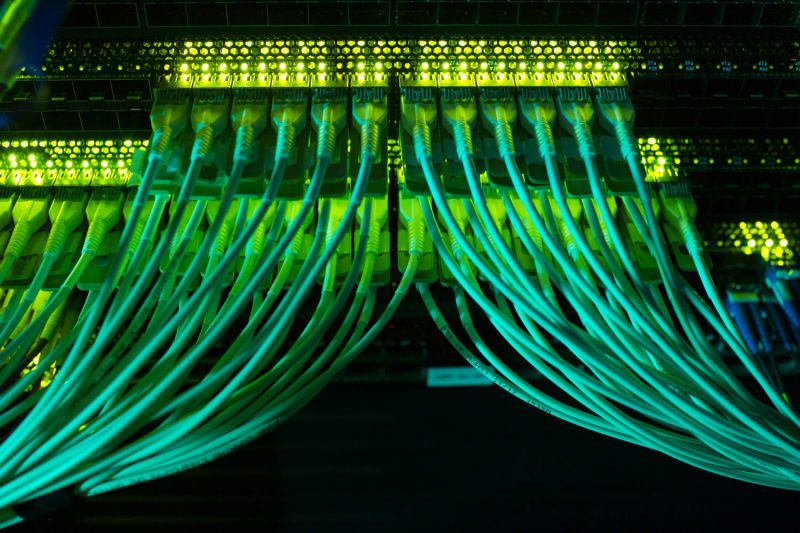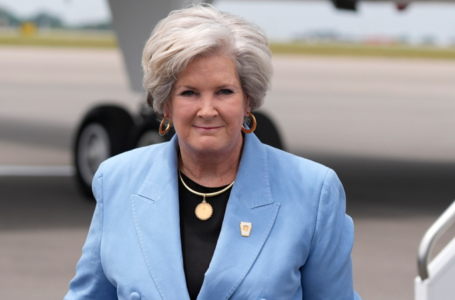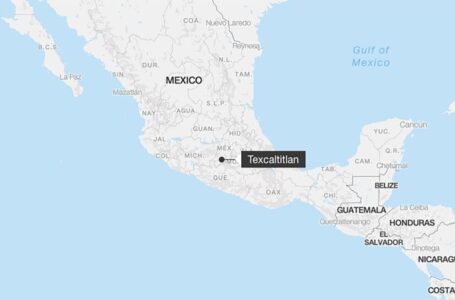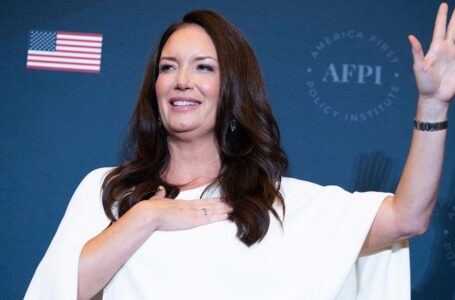Missing Israeli citizen found dead in UAE in ‘antisemitic terrorist act,’ Israel says
Microsoft’s mammoth AI bet will lead to over $100 billion in data center leases


As Microsoft investors get ready for quarterly earnings this month, there’s one particular metric that’s become increasingly important: finance leases.
A finance lease lets a company pay for an asset over years, rather than all upfront. For companies like Microsoft that are building massive data centers to handle artificial intelligence workloads, shareholders have to get used to some big numbers.
In July, Microsoft told investors in a footnote of its annual report that finance leases that had not yet begun had soared to $108.4 billion, up $20.6 billion from the quarter before, and nearly $100 billion higher than two years earlier. Leases will commence between the 2025 and 2030 fiscal years, and will run for up to 20 years, the filing said.
Overall, Microsoft made $19 billion in capital expenditures in the latest quarter. The total, which includes assets acquired under finance leases, was up from $14 billion in the March quarter and was as much as Microsoft shelled out in the entire 2020 fiscal year.
“It’s an insane ramp,” said Charles Fitzgerald, a former Microsoft manager who writes about capital expenditures on his blog Platformonomics.
Investors will get further clarity on Microsoft’s lease finances when the company reports fiscal first-quarter results in late October. Executives at Microsoft and other top tech companies have approved higher capital expenditures in the past two years, often to boost their performance in generative AI.
Last month Microsoft confirmed its participation in a fund to back the development of data centers and the necessary energy infrastructure, mainly in the U.S. It also signed a 20-year power purchase agreement to restart a reactor at the Three Mile Island nuclear plant in Pennsylvania.
Microsoft’s higher costs in the June quarter weren’t a surprise to those who heeded finance chief Amy Hood’s guidance from April. She said for the third time in a year that Microsoft was expecting capital expenditures to grow “materially.”
Still, RBC Capital Markets’ Rishi Jaluria was caught off guard by the finance lease figure.
“I’m always on the side that capital leases and capital expenditures are going to be way higher than people think, but they exceeded my own expectations,” Jaluria said. “Frankly, I’m trusting Microsoft here.” A capital lease is another term for a finance lease.
Microsoft has said it achieves the best performance and the best cost when it’s building data centers from scratch. But sometimes the company needs additional capacity immediately, and finance leases can help Microsoft obtain it more quickly.
The pace has been frenetic since OpenAI introduced ChatGPT in late 2022. Microsoft supplies computing power to OpenAI, meaning the startup needs enough servers packed with Nvidia graphics processing units to keep ChatGPT online.
With ChatGPT and other OpenAI services becoming even more popular, Microsoft has signed up additional cloud providers, including CoreWeave and Oracle. UBS analysts wrote in a report in September that comments Hood made in January suggest that Microsoft’s finance leases include the relationships with CoreWeave and Oracle.
Microsoft declined to comment on where third-party cloud partnerships show up on its financial statements.
Jaluria said investors don’t pay attention to backlogs for capital leases. Microsoft doesn’t specify when they will kick in or how long they will last, making them less immediate than in-quarter capital expenditures.
CEO Satya Nadella normally defers to Hood when analysts ask financial questions on earnings calls. But in July, Nadella stepped up when an analyst asked about the strategy of forming partnerships with other cloud providers that supplement Microsoft’s direct data center spending.
“To me it’s no different than leases that we’ve already done in the past,” Nadella said. “You could even say sometimes buying from Oracle may be even more efficient leases because they are even shorter date.”
When it comes to the jump in capital expenditures and future finance leases, Jaluria said investors just have to accept that they will weigh on profitability.
“Naturally, margins are coming down,” said Jaluria, who has the equivalent of a buy rating on the stock. “The cost is here now, and the benefits are not here to offset it. And I think that’s OK.”











